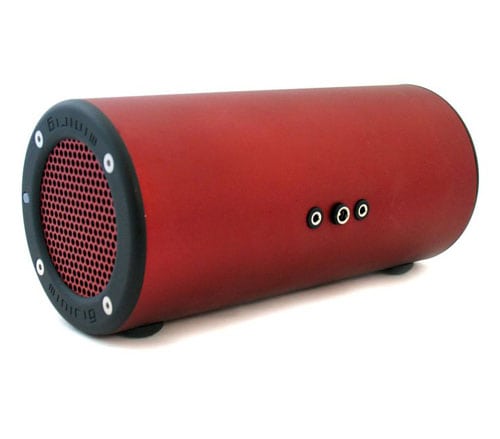OPTOMA HD37 PROJECTOR - SPECIAL FEATURES 2: ISF Certification, Lamp Life, Digital Zoom, Built-In Speaker and Audio Out
ISF Certification
ISF Certification has been around for probably a decade. ISF is the Imaging Science Foundation, but think of it as the organization of professional calibrators. (They aren't the only ones - THX got into the game a few years ago.)
The thing about ISF certification, is that for a projector to qualify, it must have several things including starting with a full set of controls to calibrate the projector (grayscale, gamma and color management (individual primary and secondary colors).

The projector must also have two "preset" adjustable modes, and third, that those are password protected. The idea is that the ISF calibrator you hire will set up a "night time" and a day time" view mode in those two modes. They lock them in so you can't accidentally screw them up.
Here's the thing though, we rarely see projectors in this price range with ISF certification, because very few people spending about $1000 are going to spend $300 to $500+ to calibrate their projectors. (That's one reason why we calibrated this HD37, and post some of those settings in our calibration page, and the rest in our advanced calibration page (CMS settings). The bad news is we charge less than $5 a year to be a subscriber. The good news is that's far less than spending hundreds to have your projector calibrated by a pro. Mike who does our calibrations, btw is a THX certified calibrator.
So, the bottom line is that while having ISF certification sounds great, for the vast majority of you, it's just marketing to you a feature that you won't ever use.
[sam_pro id=1_20 codes="true"]
HD37 Lamp Life
Optoma quotes three numbers for lamp life: Full power is 3000 hours - that's respectable but some competitors are claiming 4000 or even 5000 hours. Their next mode is Eco at 5000 hours. That's better. About the max found on competing models is 6000 hours and 5000 hours is typical.
Finally there's a 7000 hour mode. This is a new type of mode we're seeing a lot of these days. Basically companies are offering more smarts. They will adapt - if your content, for example is on pause for a while the projector will dim down, drawing less power and extending lamp life at the same time. For those who don't walk away from their projector when on, I doubt they will ever get that savings, so I tend to mostly dismiss this type of smart mode as possible, but not really likely for most users.
Bottom line: 3000/5000 hours is respectable but a bit shorter than much of the competition. Still, 5000 hours is 20 hours a week for roughly five years - on one lamp. (Keep in mind that the standard for lamp life is the point where brightness is down 50% rather than when the bulb blows, so many people replace more frequently to keep brightness up.
Digital Zoom
Digital zoom lets you zoom in on the projected image, basically enlarging it (or reducing its size slightly). You might want to use it for a closer look at that football catch, but mostly it's a feature found on business projectors that carried over to the HD37 and other mostly "cross-over" designs. The range of the Digital Zoom is from 0.8x to 2.0X. You might use the 0.8X if you can't place the projector close enough to fill the entire screen but close.
At 2.0X, you are magnifying an area so that you are filling the screen with only 25% of the original. You can move around so that you can show any part of the original screen modified.
Bottom line: Could be a nice extra, but most of you will forget about it.
HD37 has a 10 watt speaker
10 watts is a hefty amount of audio power for a small projector. More to the point, if you are streaming to your projector, you'll need built in audio. Now 10 watts will provide good volume, but don't expect real high fidelity. There's no lower bass at all, and mid-bass is thin. That should not be surprising.
There's an audio out, so that if streaming, you could plug from there to a separate stereo, or boom box, or full home theater system. If you are bringing your content from disc or satellite/cable box, you would normally feed the audio right to your sound system.
Optoma, like every other company with home entertainment projectors, has blown a major opportunity to improve sound when using the internal speaker.
Here's the thing, as soon as you plug a cable into the audio out jack, it turns off the internal speaker. Bummer.
Since the biggest weakness is the bass, if Optoma allowed you to keep the speaker going, you could plug in a small powered subwoofer (they start under $50.)

A powered subwoofer could enhance performance if the audio output stayed live when external devices are hooked up.
That would allow you to use the internal speaker but with respectable bass. That would really change the game for watching those action movies or gaming. Well, maybe next year. Don't blame Optoma, as I said, I have yet to see a company work that out and implement. I've been writing about this for several years, I guess no one is listening.



